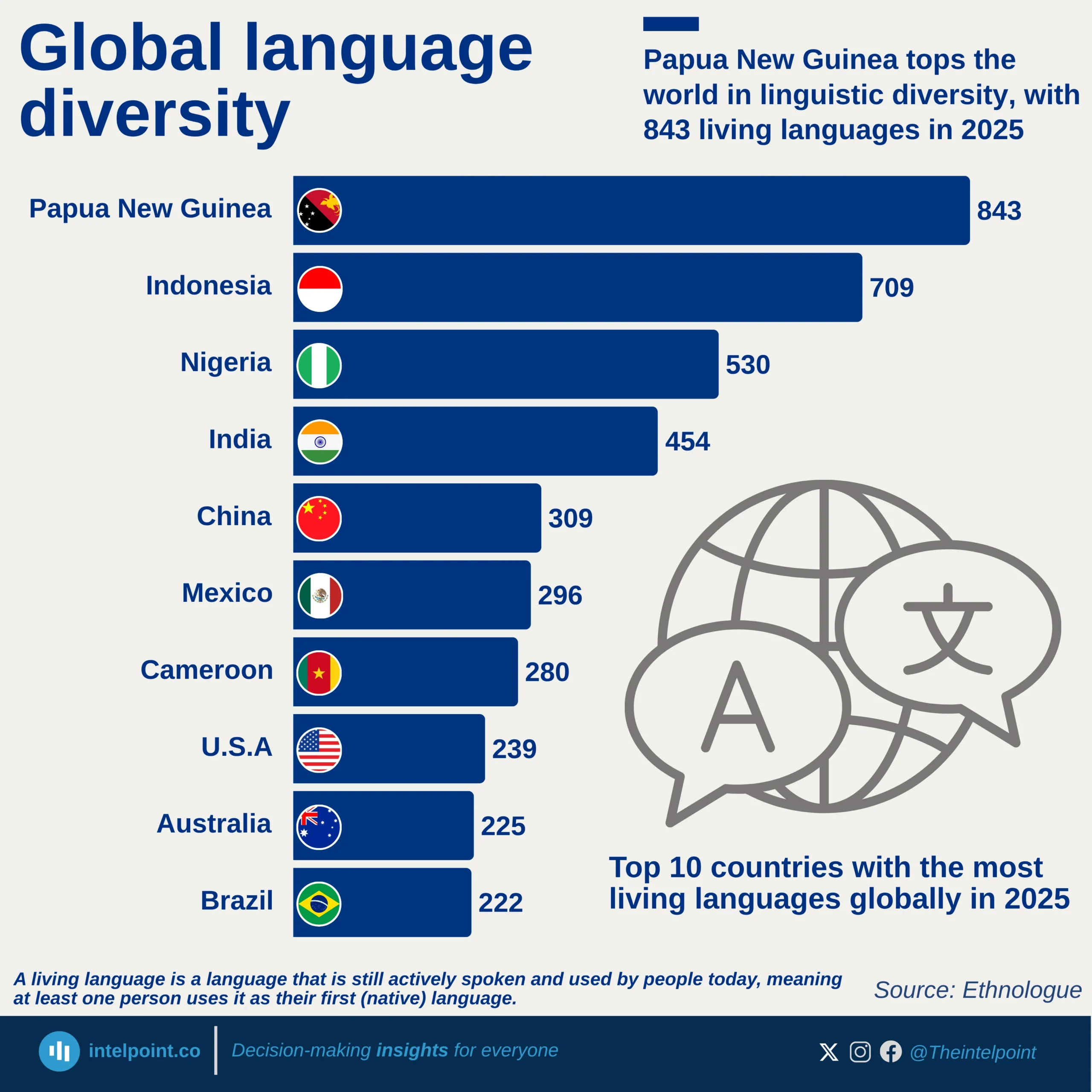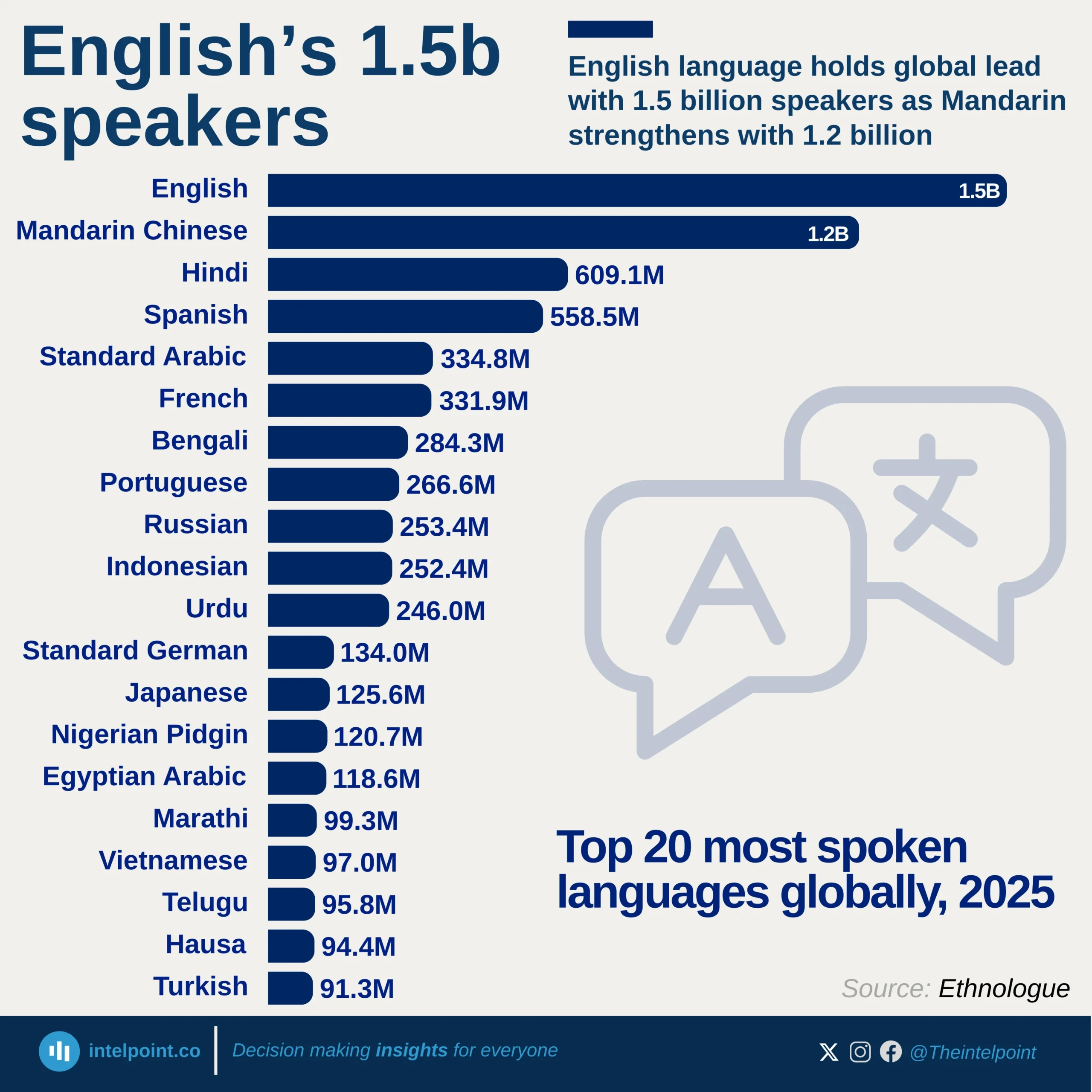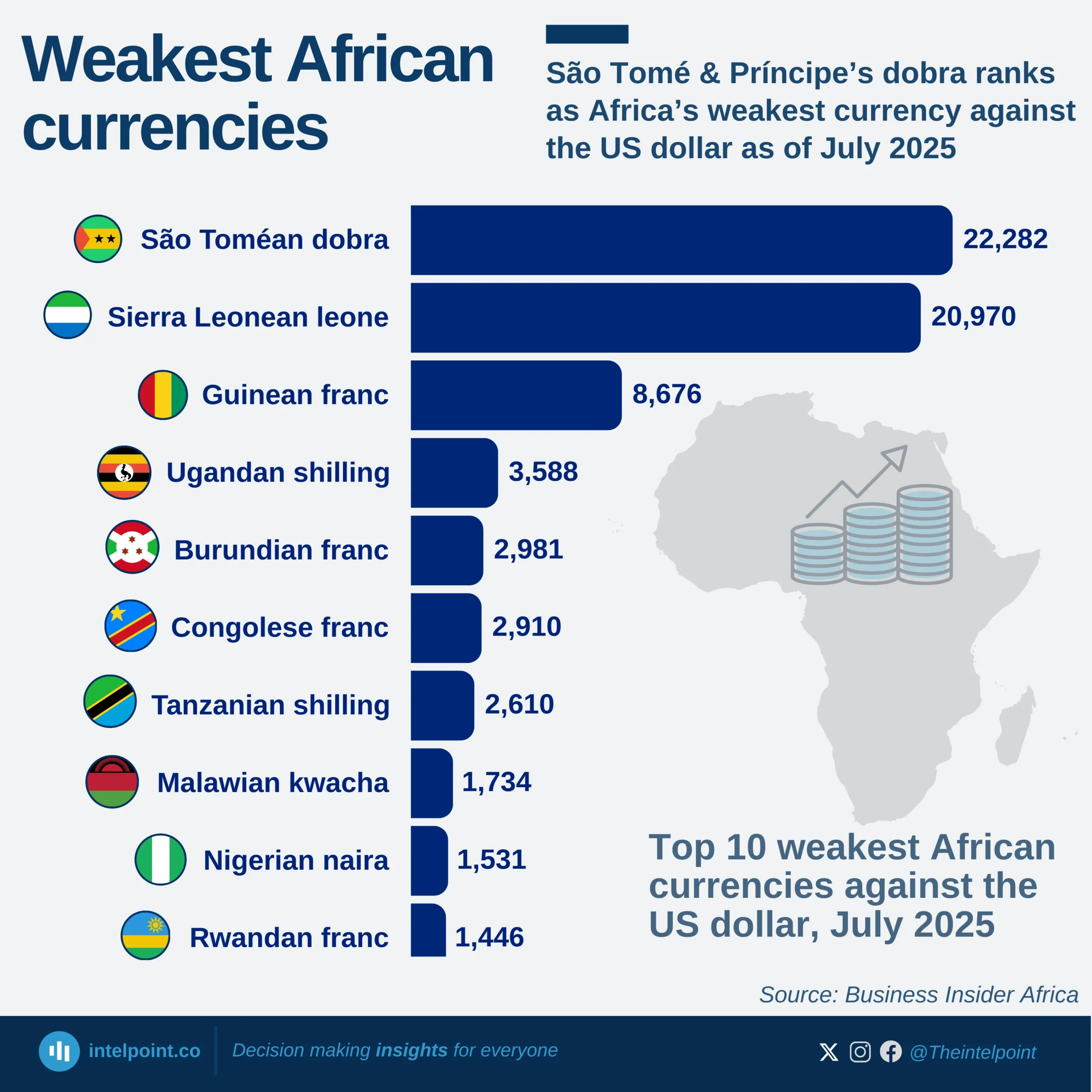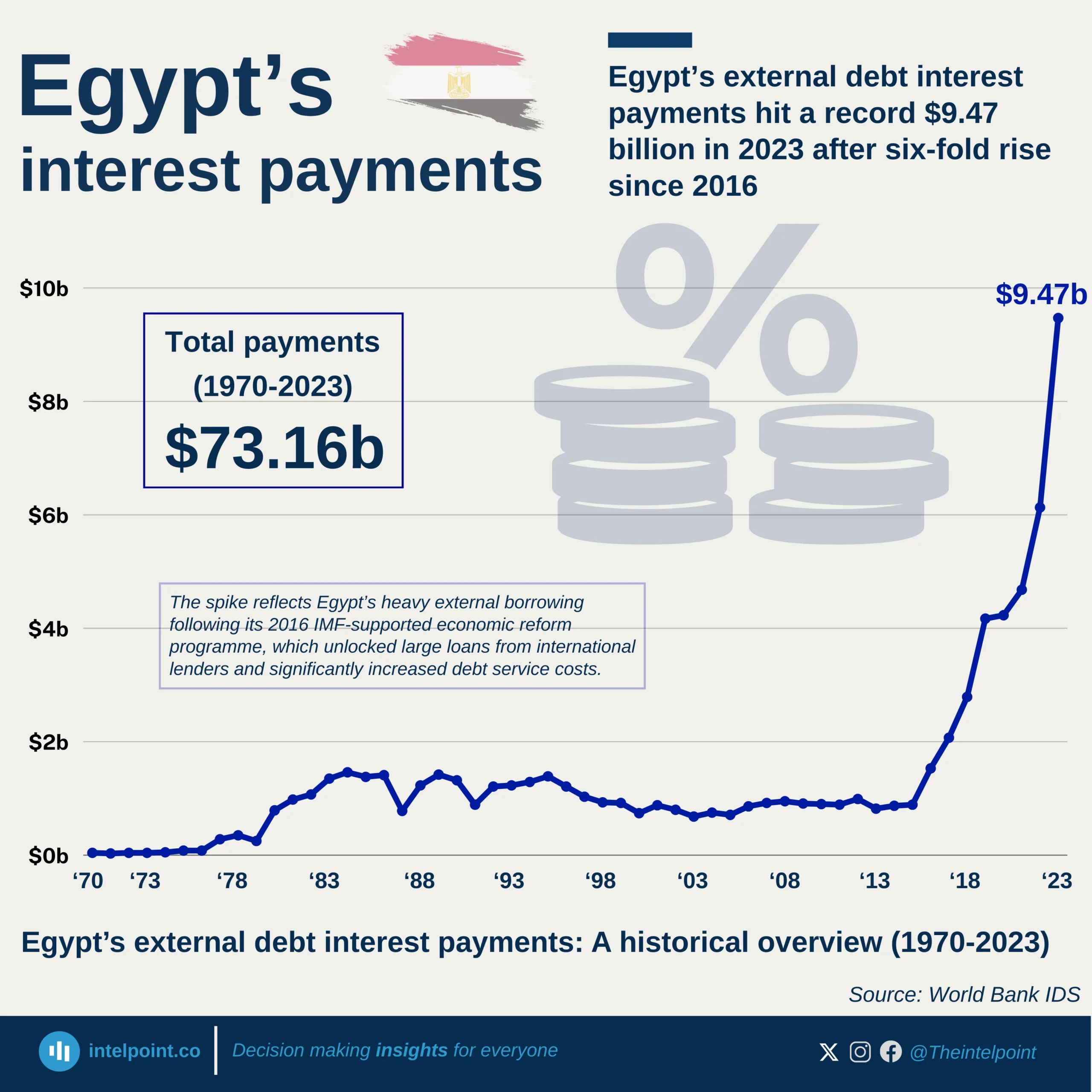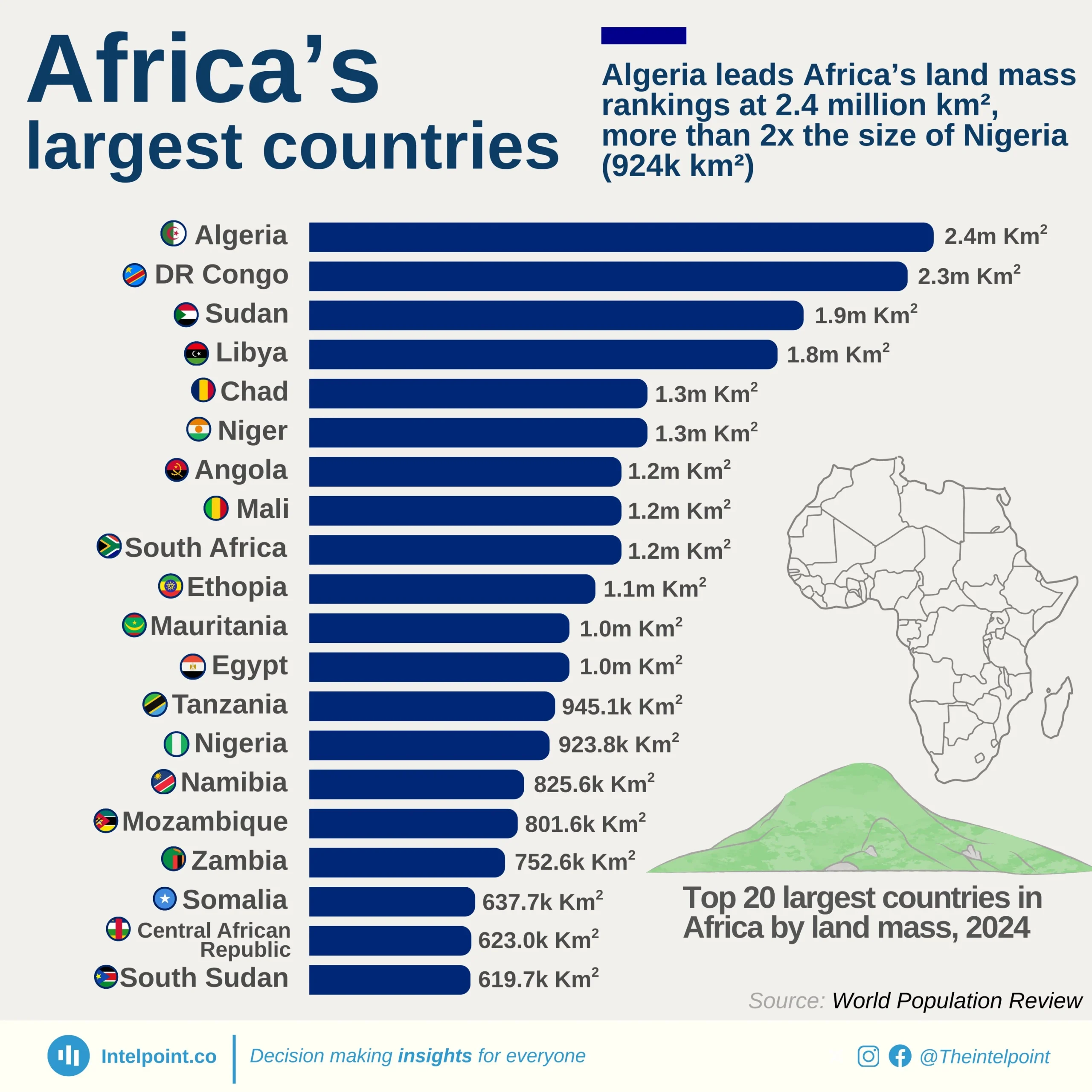As of July 2025, only 18 African countries have satellites in space, signalling both progress and disparity in the continent’s space race. Egypt leads with 14 satellites, closely followed by South Africa with 13, reflecting their long-standing investments in aerospace research and defense technology. Nigeria, Algeria, and Morocco make up the second tier, with 7, 6, and 5 satellites respectively, while countries like Kenya, Rwanda, and Ethiopia are gradually building capacity through smaller launches, often supported by international collaborations.
For most of the remaining African nations, satellite technology remains out of reach, leaving them heavily reliant on data from global or regional partners. This uneven distribution shows that Africa’s space journey is still in its infancy, but the growing interest among countries with even one or two satellites points to a continent gradually asserting its role in the global space arena.
